- No products in the cart.
Rated 5.00 out of 5 based on 3 customer ratings
(3 customer reviews)Flowering Satsuki Azalea
$69.00
BOTANICAL NAME: Rhododendron indicum
AGE: 5
HEIGHT: 6″ – 8″
5 in stock
SKU: FBSA0508 Categories: Flowering Bonsai Trees, Outdoor Bonsai Trees Tags: Satsuki Azalea, Satsuki Azalea Bonsai
Flowering Satsuki Azalea
The Satsuki Azalea bonsai, known for its abundant and beautiful flowers during full bloom, has been a staple in Japanese gardens for centuries. It’s no wonder that this bonsai variety is widely regarded as the premier choice for bonsai cultivation. One of its most attractive features is the plant’s ability to flourish in a container, with trunks that quickly grow substantial in size and an ability to adapt to root pruning. This bonsai also has a remarkable ability to generate new buds with exceptional vigor on old wood.
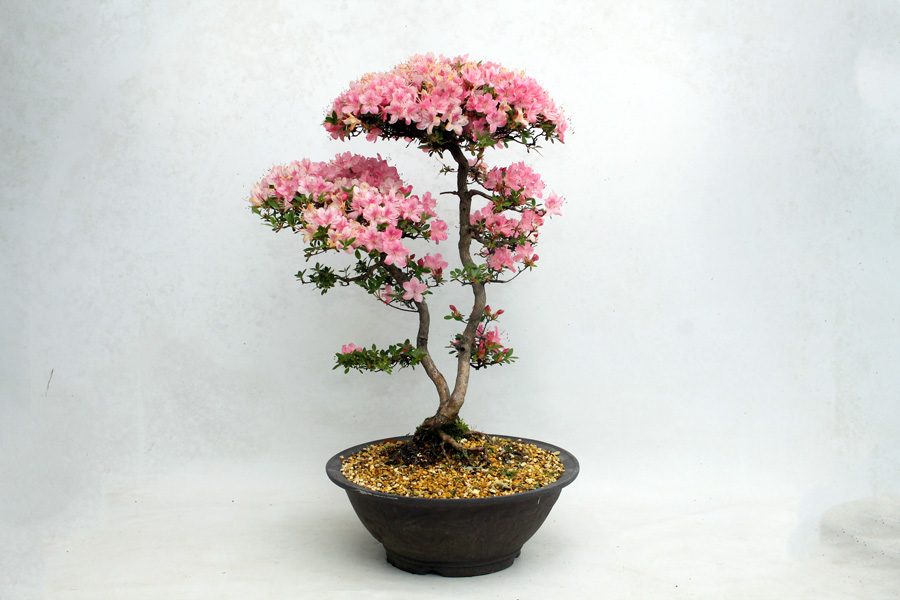
Satsuki Azaleas are known for blooming later in the spring season, offering an abundance of bright pink flowers. With easy styling options and beauty year-round , these bonsai make a stunning addition to any garden. This is one of the most popular flowering bonsai trees. The word “Satsuki” is Japanese for “fifth month” or late spring, which is the time when most Satsuki Azaleas come into full bloom. To protect their blooms from freezing, it is best to keep these bonsai outdoors in temperatures above 20 degrees.
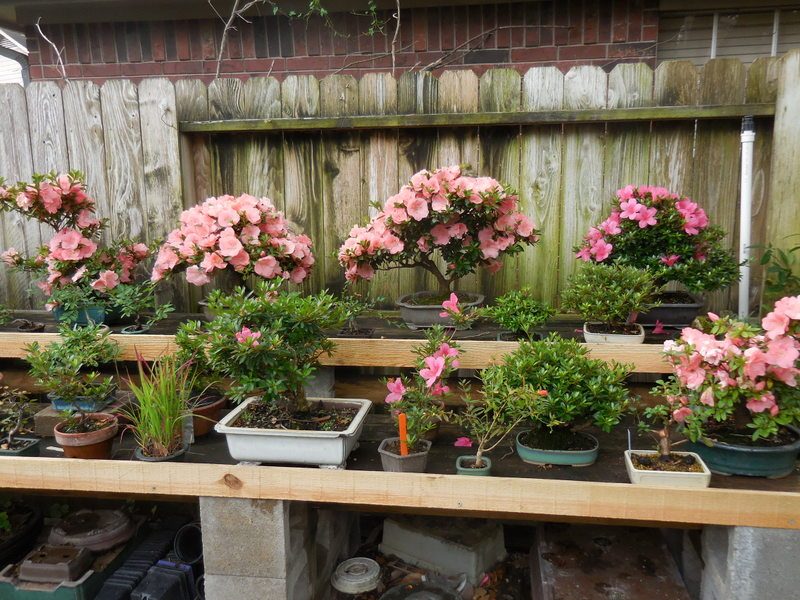
Features of Satsuki Azalea
The Satsuki Azalea is a sought-after variety among Bonsai enthusiasts due to its hardiness and stunning blooms. These flowers can grow up to seven inches in diameter and create a dramatic display with their radiant hues, making the Azalea one of the most eye-catching shrubs in bloom during late spring.
Out of the many species of Azalea, the Satsuki or Rhododendron indicum stands out as one of the most favored due to its low, twiggy growth habit and elegant funnel-shaped flowers in a variety of colors such as white, pink, red, and purple. Additionally, these flowers are unscented, adding to the plant’s overall charm.
Add a beautiful Satsuki azalea to your collection today and enjoy its vibrant blooms all season long!
Care
Temperature
Keep outside until temps drop below 45° F, taking care to always protect your Bonsai from the stress of frost, and then move into a cool or cold room. Temperatures kept between 35° – 55° F will be best. Once dormant, it should be placed in a protected location and mulched up the rim of the pot. Mice and rabbits find the soft bark of the azaleas particularly tasty so keep that in mind when you select your storage spot.
Lighting
This lovely Bonsai will do well in a bright location that is filtered from direct sunlight or with about half a day of direct sunlight as it dislikes being kept in full sun, which will also fade and ruin the flowers and damage the roots; because they demand cooler temperatures to stay healthy. It can take full sun for a little while, but will look best when in a light shade.
Watering
Azaleas do not like any hint of dry soil so be sure to keep the soil evenly moist at all times. The tree should be watered at least once a day throughout the growing season to insure that the soil mass remains moist— not soggy. Azaleas do not like to dry out; if allowed to do so, the fine fibrous roots will quickly desiccate and die. When you water, it is best to try to use lime free tap water or rainwater because Azaleas hate lime. It becomes especially important in hard-water areas to water with rainwater only to avoid lime deposits building up in the soil. Though not preferable, if hard water has to be used on occasions, the pH value of the compost can be adjusted by applying white vinegar to water once a month. Mix at a rate of 1 tablespoon to a gallon of water. Azaleas like perfect drainage as air is essential to ensure that rot does develop in the root ball.
Fertilizing
Feed your azalea at least every other week in the spring time until the flowering period is over. Use a week solution of a balanced organic fertilizer for acid loving/lime hating plants until flowering starts then be sure to stop, otherwise feeding during blooming will result in loss of flowers and flower buds at the expense of leaf growth. Thereafter, monthly feedings will be adequate. In the late summer or early fall, reduce nitrogen from the fertilizer mixture and begin increasing the amounts of phosphorus and potassium. This will help the tree to set buds and blossoms for next season.
This beautiful Bonsai prefers bright locations with filtered or partial direct sunlight, as it does not do well in full sun, which can fade and damage the flowers and roots. Direct sunlight for a short period of time is acceptable, but the plant will look best in a light shade.
Watering
Azaleas require consistently moist soil and should be watered at least once a day during the growing season to prevent dryness. Avoid using tap water with high levels of lime, and instead opt for lime-free water or rainwater. In areas with hard water, it is important to water with rainwater only or adjust the pH value of the soil with white vinegar to prevent buildup. The plant needs good drainage and air flow to avoid root rot.
Fertilizing
It is recommended to feed the azalea with a balanced organic fertilizer for acid-loving plants every other week during the spring until flowering has ended. Ceasing fertilizer during blooming will help prevent loss of flowers and flower buds. After that, monthly feedings will be sufficient. In late summer or early fall, reduce the amount of nitrogen in the fertilizer and increase the amounts of phosphorus and potassium to help the tree set buds and blooms for next season.
Pruning and Training:
When it comes to pruning and training your azalea bonsai, it’s important to choose the right tools. Soft aluminum wire is the preferred choice for its ability to bend around the delicate branches and tender bark of azaleas, and is specifically designed for Japanese azalea growers. Plastic tape or raffia can also be used to protect the sensitive bark. It’s crucial to make clean cuts with sharp tools and immediately seal any large wounds on the tree with Lac Balsam or another wound sealant. After the tree has finished flowering, remove dead flowers at the base to prevent seed pods and encourage new growth. The best time for heavy wiring and shaping is in November, but lighter wiring can be done as needed with caution. To maintain a healthy azalea, remove dead flowers and leaves promptly and prune yearly growth and secondary shoots after the flowering season and in mid-summer. Azaleas are known for their ability to bud back readily and can be trained in a variety of bonsai styles such as root-over-rock, semi-cascade, windswept, slanting, and informal upright, making them a popular choice for bonsai enthusiasts.
Insects and Pests:
Unfortunately, azaleas are susceptible to various pests such as whiteflies, scale insects, caterpillars, aphids, mildew, bud blast, rust, leaf gall, petal blight, and lime-induced chlorosis (if the soil is not acidic enough). To combat these pests, avoid spraying open flowers with insecticides or fungicides, as this will cause them to wilt and fall. Most insects can be controlled with a solution of 1 tsp dish soap to 1 quart of warm water. Spray liberally until the solution runs off the leaves and rinse thoroughly with water. Repeat as needed.
Propagation:
Azaleas are highly collectible due to their ability to bud back readily from old wood, especially from overgrown foundation plantings around homes. Even collected trees with massive trunks can be cut back to stumps and will still develop hundreds of new shoots and branches with proper cultivation. To propagate your azalea, take softwood cuttings in early summer after flowering has finished.
Additional Comments
Azaleas are known for their abundant blooms which can often cover the entire tree. For this reason, some enthusiasts choose to pluck out clusters of buds to reveal glimpses of the lush green leaves amidst the sea of color.
Shipping & Returns
SHIP WITH CONFIDENCE
You can be confident that your tree will arrive at its destination with sufficient moisture and in a secure package. To maintain moisture and prevent any soil spillage during transportation, the bottom of each tree is covered with plastic wrapping. The trees are connected to the pot with wire, placed inside a double-walled box for protection, and secured with custom packing systems to prevent any movement while in transit.
SHIPPING COST
- Free Shipping on orders $75 and above
- Orders under $75 ship for only $9.99
- Deliveries to West Coast addresses (West of the Rocky Mountains) will arrive in 4-6 business days
- Orders sent to the rest of the country will arrive in 2-4 business days
RETURNS
In case of any shipping or delivery errors such as missing items or damage to your tree or products, please reach out to us at support@primebonsai.com within 5 days of receiving your order. We take pride in our quality and preparation for the shipping process, and we will guide you through our straightforward claim process. Our support team will respond to your request within 1-2 business days and provide a resolution or request additional information.
For all other return requests, please email us at support@primebonsai.com, and we will be happy to replace the product or refund the purchase price on claims made within 30 days of receipt. Our support team will respond to your request within 1-2 business days and provide a resolution or request additional information. Alternatively, you can also reach us by Contact Us page
3 reviews for Flowering Satsuki Azalea
Add a review Cancel reply

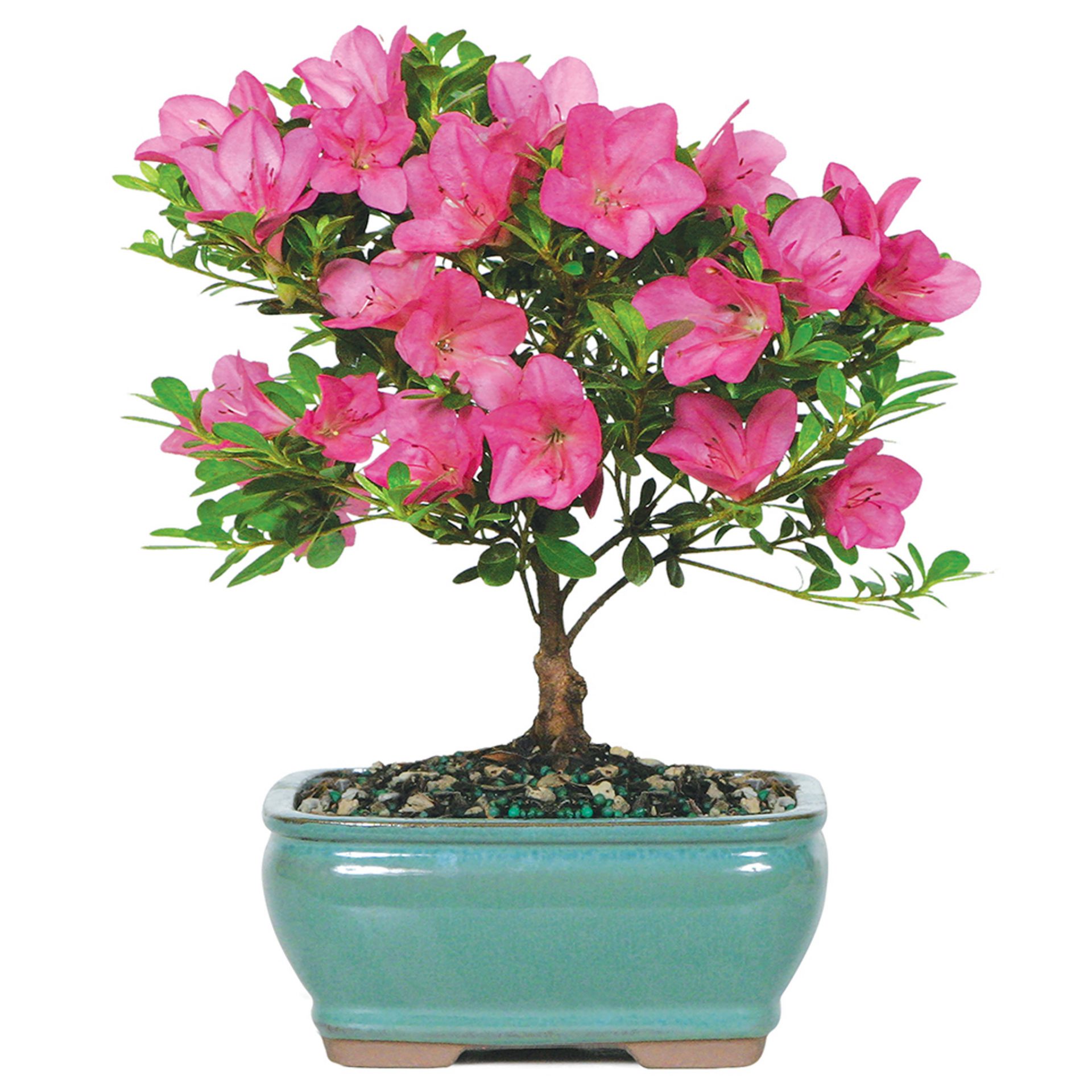
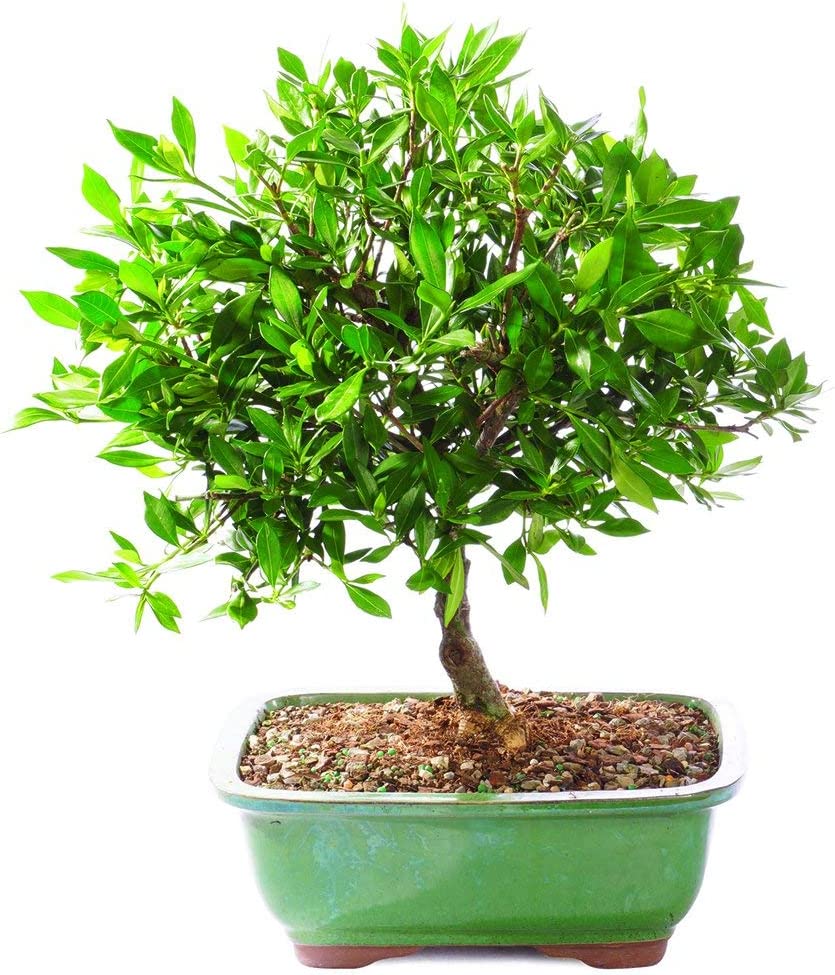
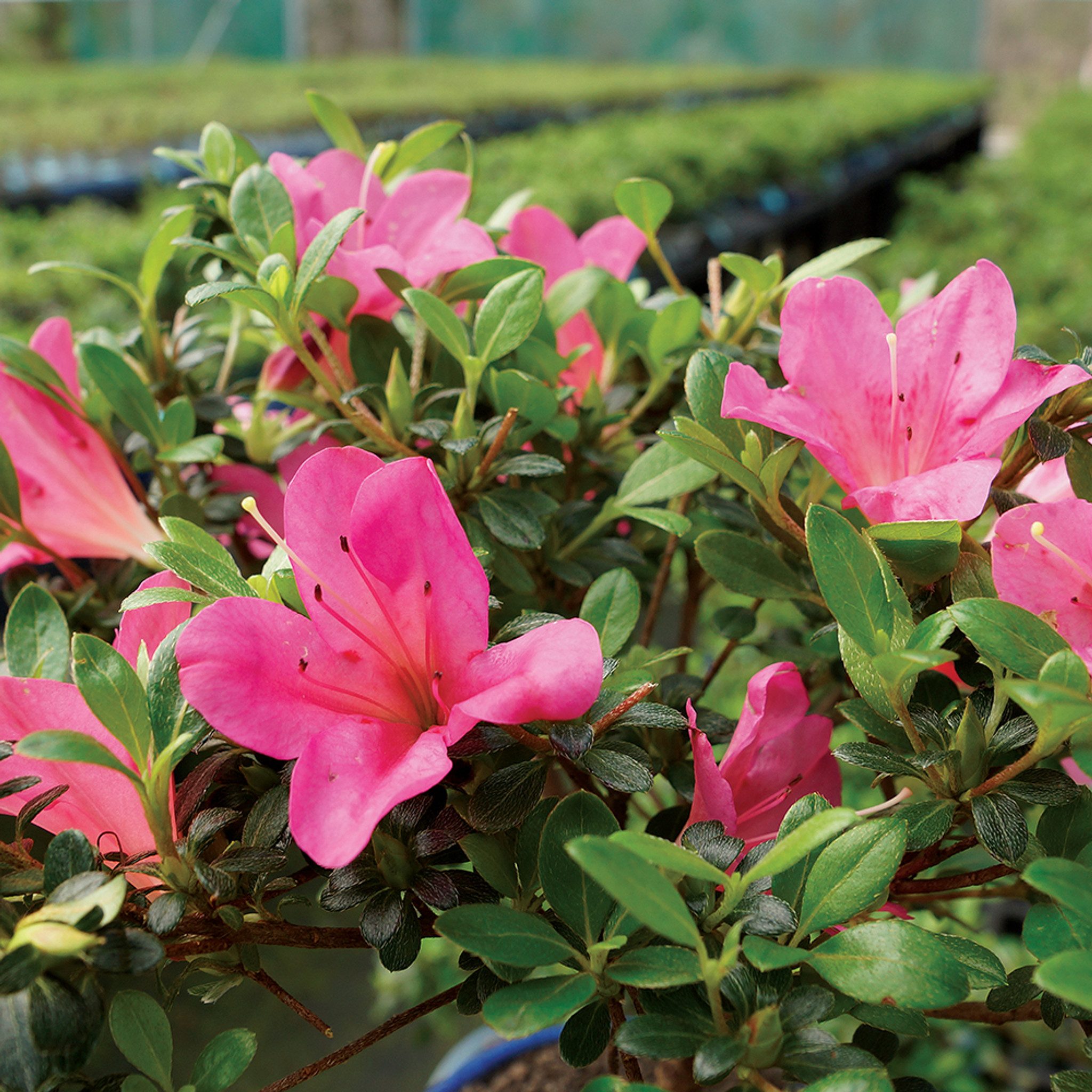
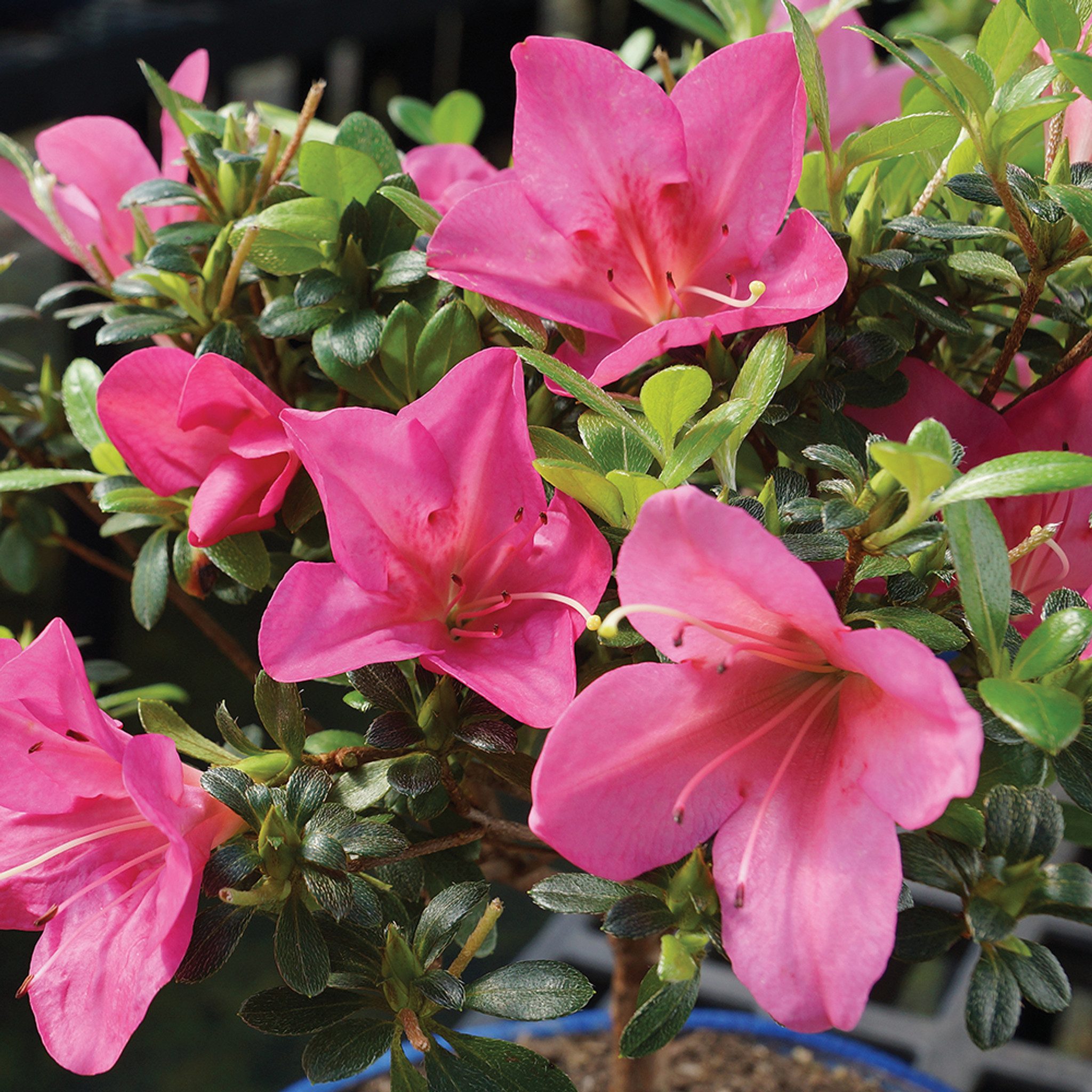
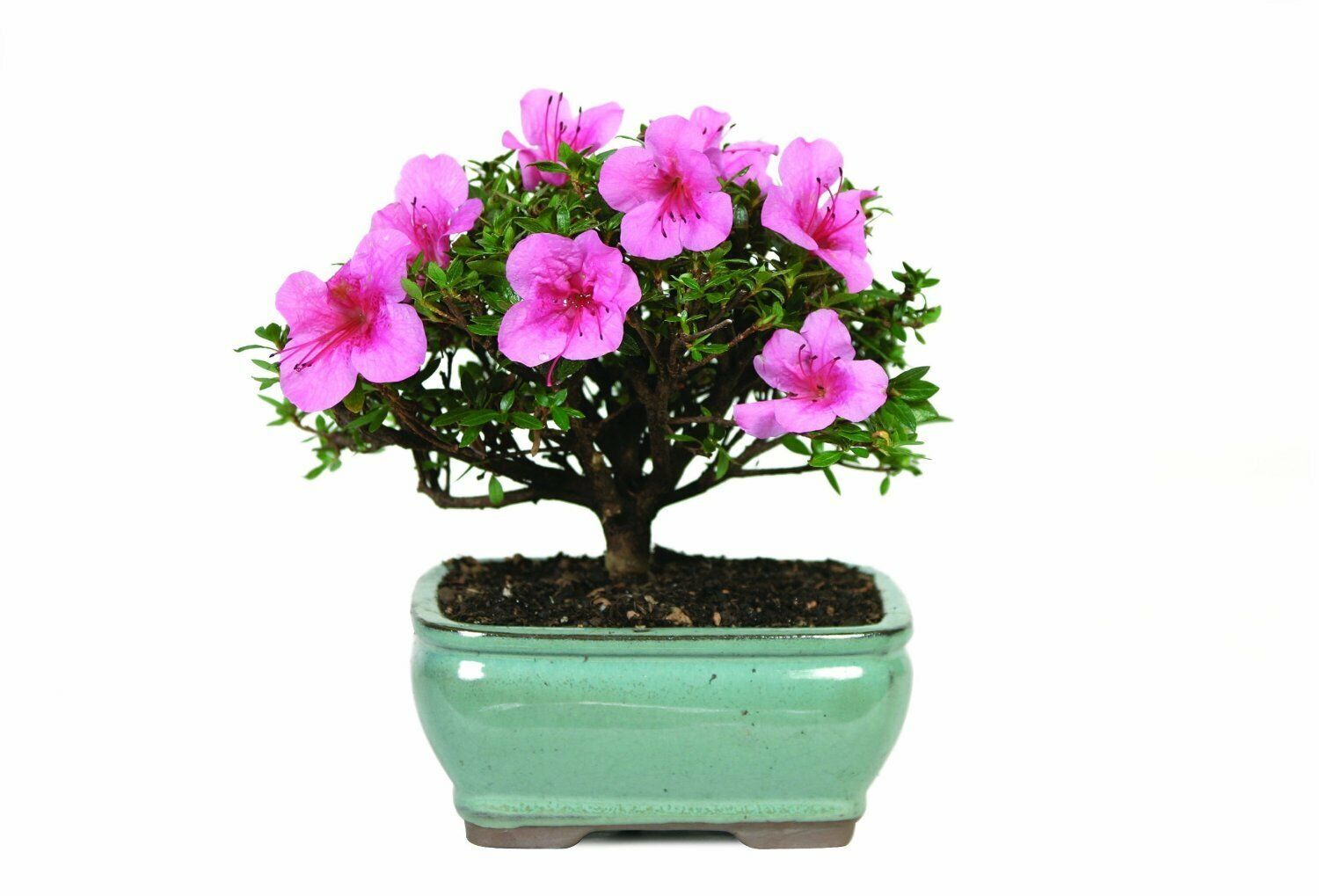
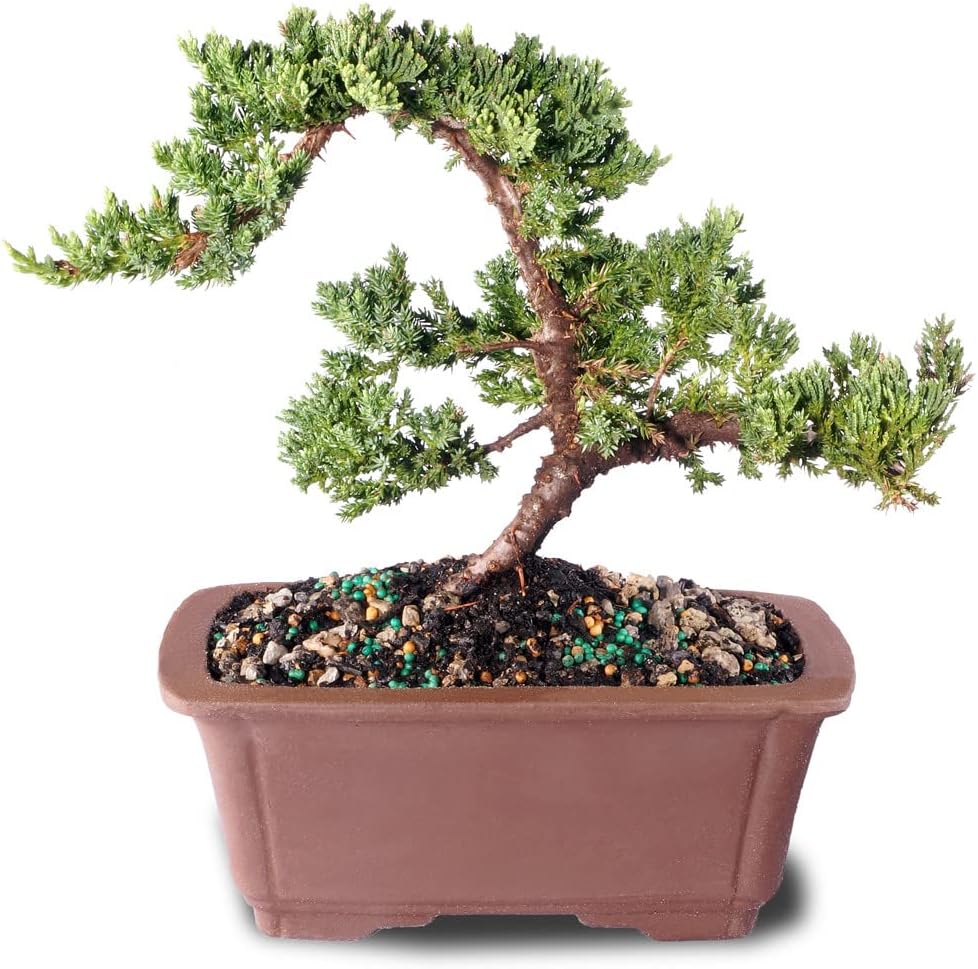
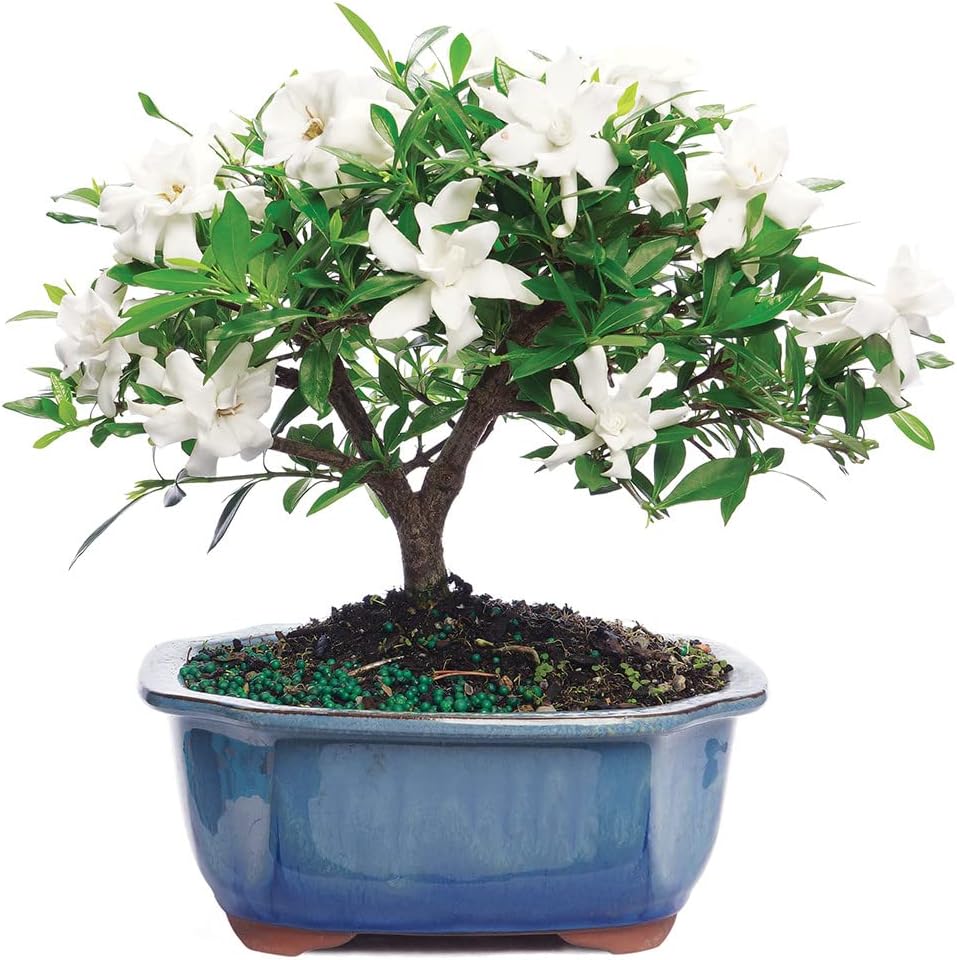
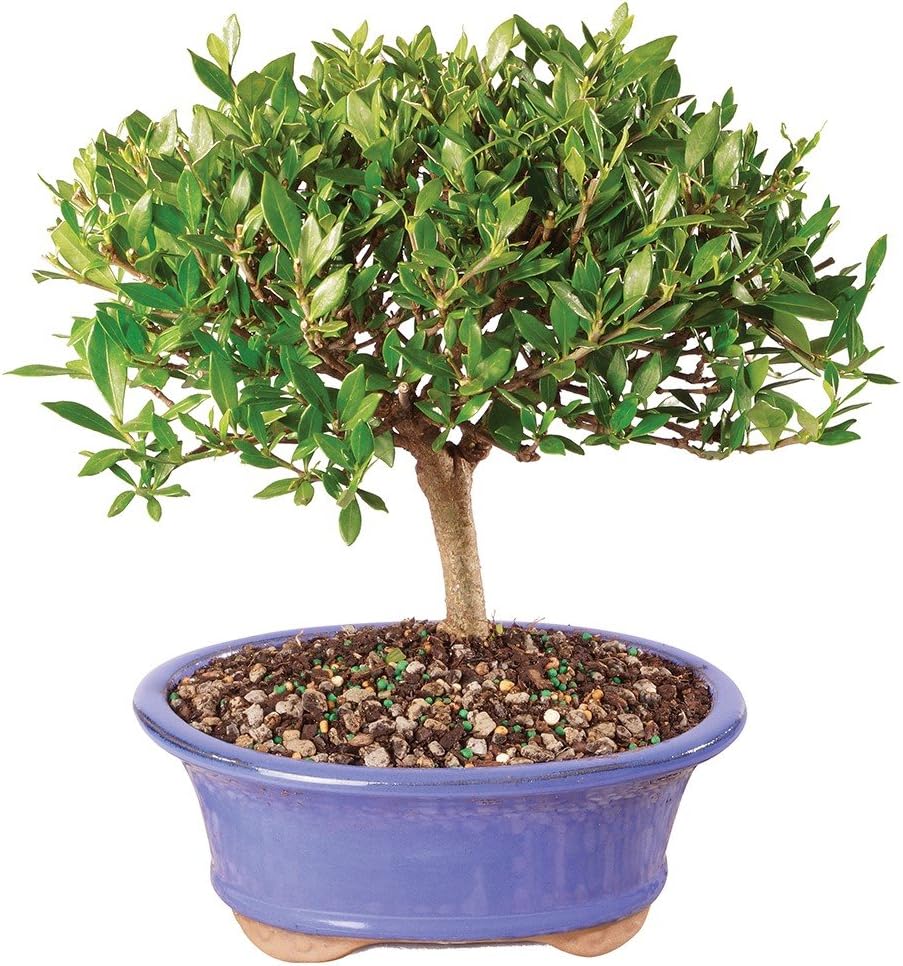
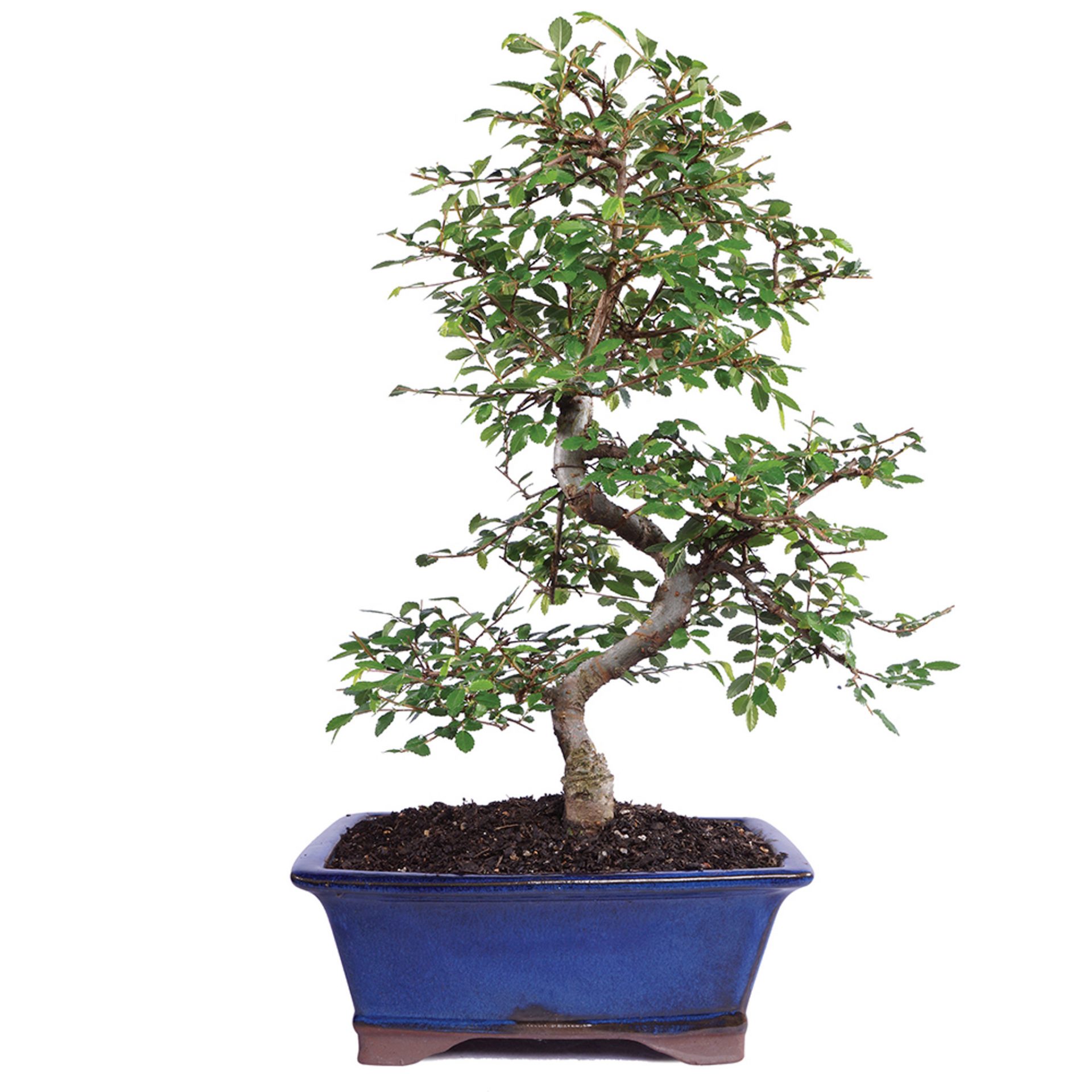
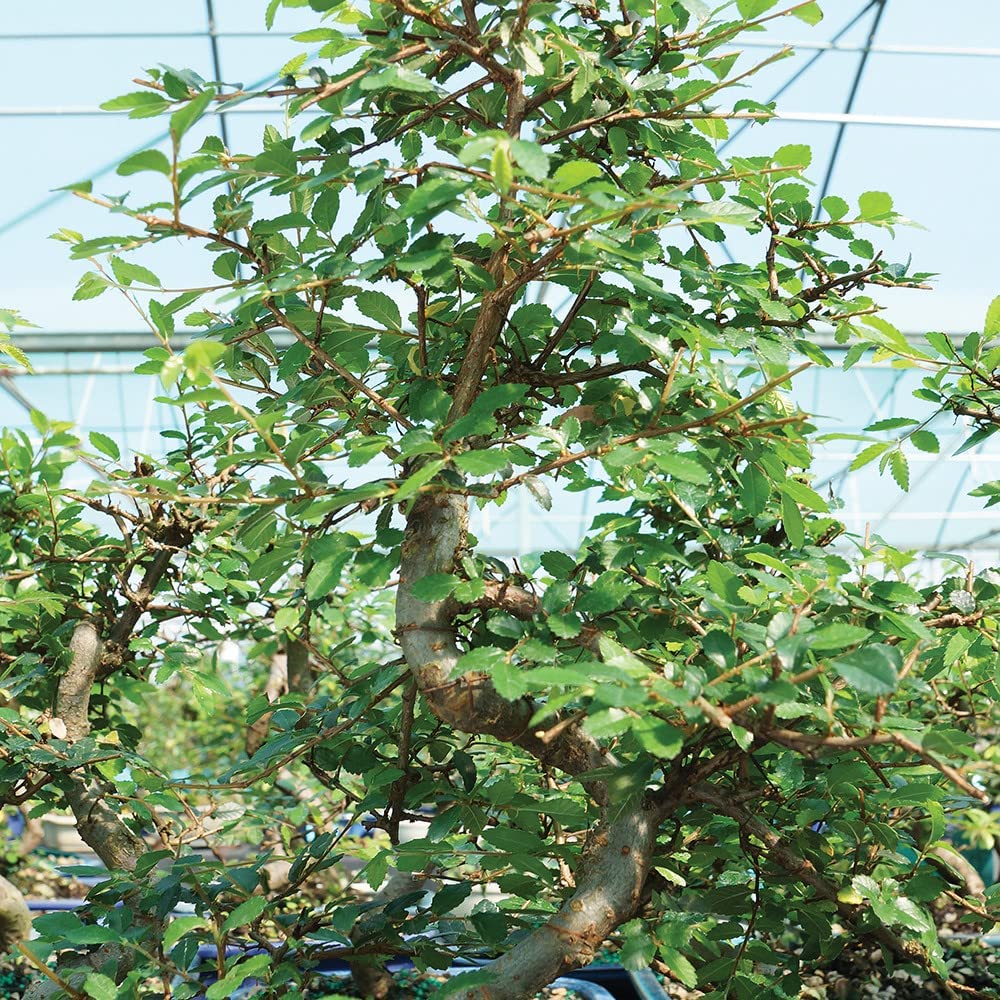

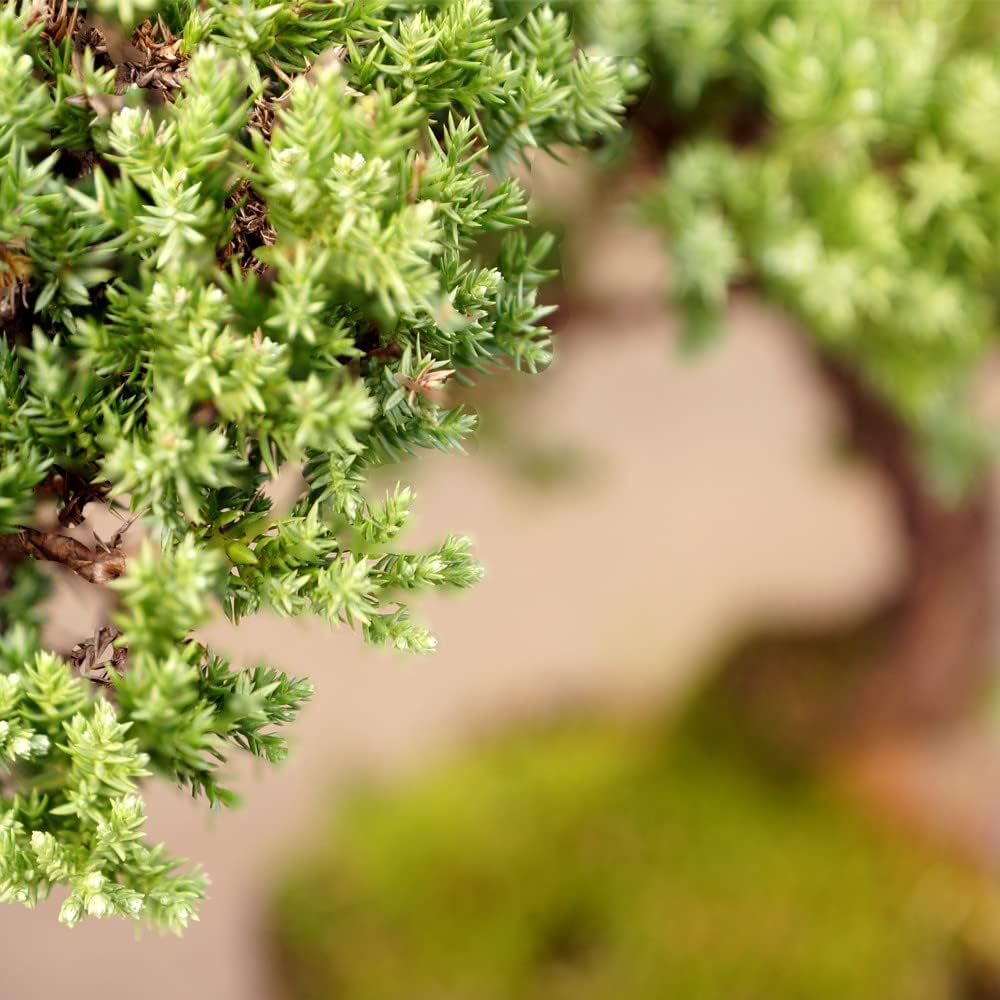
Robert –
Exactly as described! Packaged well, came looking very healthy and in great condition
Adam –
It was a gift and she said it was really pretty… After we’ve it for a while we’ll be able to review
Stuart –
Beautiful plant, as described, looks very similar to the product image. I checked the roots, they look very healthy and are pretty extensive.